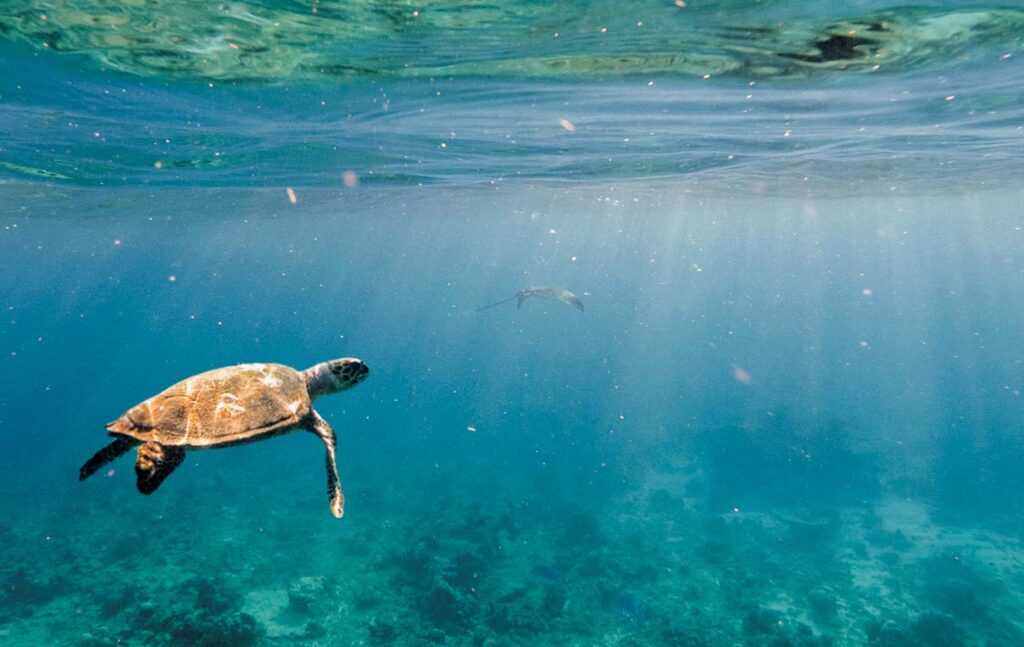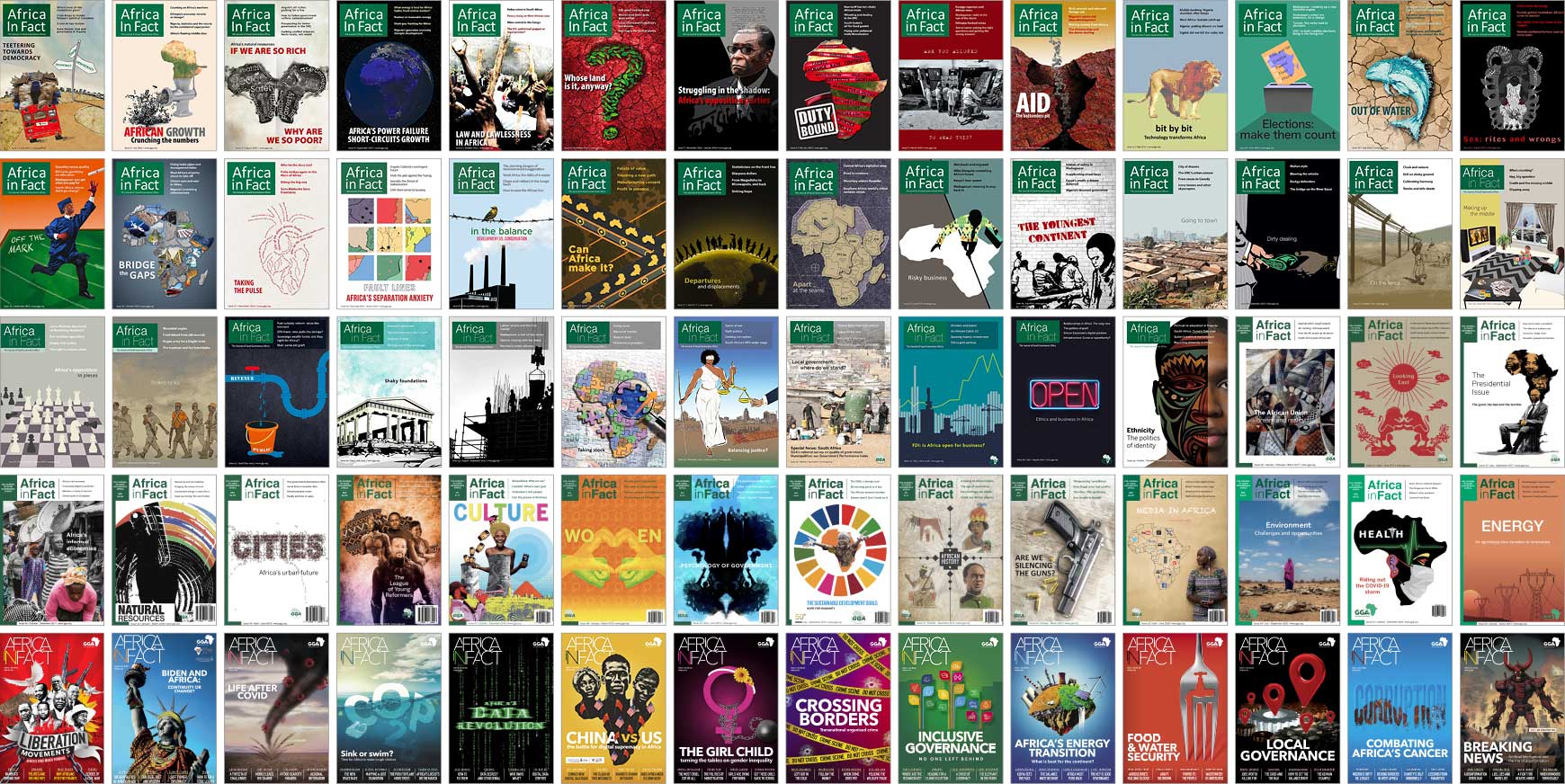When it comes to environmental financing worldwide, biodiversity, natural capital, and inclusive conservation have received far less attention than carbon emissions and climate change.
United Nations Environment Programme research shows the biodiversity funding gap has reached $942 billion. Ahead of the 2024 United Nations Convention on Biological Diversity COP16, which was held in Colombia at the end of October, BloombergNEF estimated that $208 billion was the current annual amount of biodiversity financing, an increase from $166 billion in 2021 but still way short of the $1.15 trillion needed, according to Bloomberg’s Biodiversity Finance Factbook.
“We need to value nature in a certain way and develop finance to do that,” says Malango Mughogho, managing director of ZeniZeni Sustainable Finance, a sustainability think tank aiming to transform investments to achieve the UN’s Sustainable Development Goals.
Despite having, in recent years, started to garner the attention of global financiers, the world is still falling further behind on the number of resources needed for biodiversity protection and restoration.
In 2020, the G20 launched the Taskforce on Nature-related Financial Disclosures (TNFD) to create a platform for improving biodiversity, natural capital, and inclusive conservation funding. It followed in the footsteps of the Taskforce on Climate-related Financial Disclosures (TCFD), which was formed in 2015 by the Financial Stability Board (FSB) at the G20’s request.
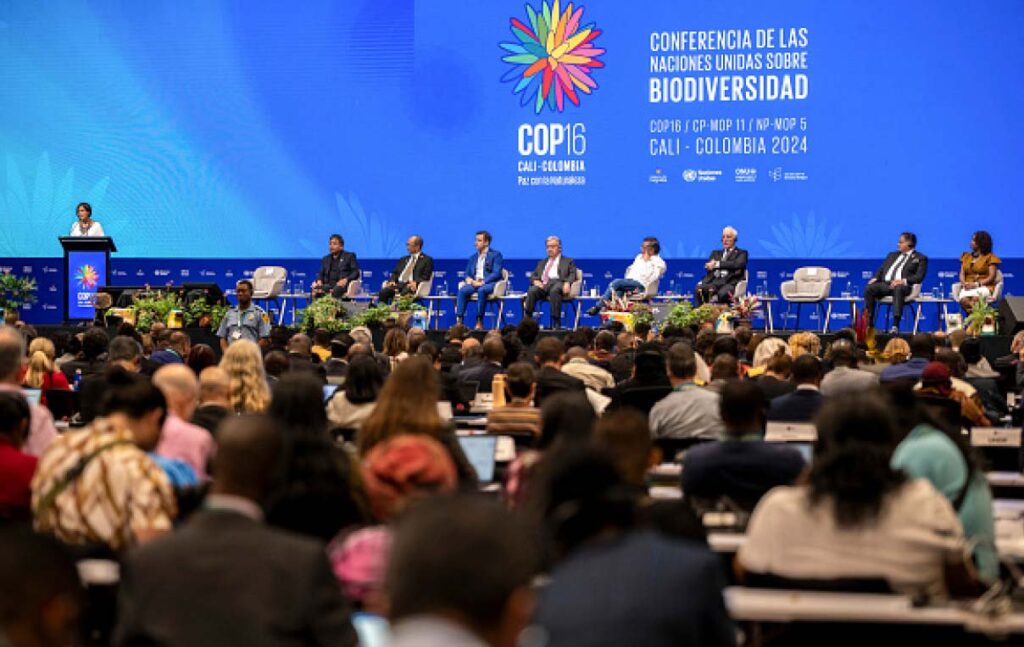
The TCFD was created with the goal of convincing companies that have large investors to publicly disclose the estimated carbon emissions from their activities as well as the downstream emissions from their products or services. In addition, it sought to encourage disclosure of companies’ exposure to climate-related risk, be that physical risks such as a company operating in an area affected by increasingly severe flooding or transitional risk – for instance, a carbon-heavy energy producer that might be affected by future carbon taxes or other policies towards encouraging greener energy sources.
The driving idea was that climate change presents a financial risk to the global economy, and investors need to have the information to assess that risk to treat it like other financial risks and allocate investments accordingly. It produced recommendations for the information that should be disclosed and disbanded last year, with the G7 agreeing to make the reporting mandatory.
In the case of biodiversity, the same level of financial risk to investors isn’t as apparent. Yet similarly to the TCFD, the TNFD sets out to better inform investors of natural risks to capital. Its remit is to “provide decision-makers in business and capital markets with better quality information through corporate reporting on nature.” This then “allows businesses to incorporate nature-related risks and opportunities into their strategic planning, risk management, and asset allocation decisions.”. Yet, there are no plans for TNFD reporting to become mandatory.
“Africa’s economy is deeply intertwined with its natural capital,” argues Dorothy Maseke, head of the African National Capital Alliance (ANCA) secretariat and lead, nature finance and TNFD, FSD Africa, adding that 62% of the continent’s GDP relies on natural resources. This compares to 55% of the global GDP being moderately or highly dependent on nature.

The ANCA is an initiative created to drive coordinated advocacy and action on natural capital across the continent.
“Initiatives like the TNFD are important in driving greater financial responsibility, as they require financial institutions and real-economy companies to disclose the impacts of their operations on nature. This transparency will enhance responsible investment and business practices that protect and conserve Africa’s natural capital,” claims Maseke.
The TNFD argues that “taking action to conserve and restore nature is now a critical global priority”. But in the African context, the term “conserving nature” has its own problematic and often damaging legacy.
In South Africa, many of its national parks, particularly the Kruger National Park, trace their roots back to British and Afrikaner colonialists removing people from their lands to create conservation areas where big animals would be protected. Unsurprisingly, this has led to resentment of the whole process of parks and conservation efforts.
More recently and further north, in Kenya, large pastoral lands have been expropriated solely for wildlife conservation and tourism, to the detriment of local communities. These are just two instances of what has been a recurring feature of conservation efforts in Africa by those from elsewhere.
It is part of the reason ZeniZeni Sustainable Finance’s Mughogho does not approve of the term conservation and feels that, as it has been practised, the focus has been on flora and fauna without due consideration of human communities.
At times, the conversation around conservation in Africa has been framed as a choice between preserving animals and human development. But the ANCA rejects that conflict.
“The transition from fossil fuels does not mean limiting Africa’s potential for growth,” argues Maseke. “It is about investing in nature-based solutions and clean energy that can provide long-term economic benefits without the destructive impacts of fossil fuel extraction.
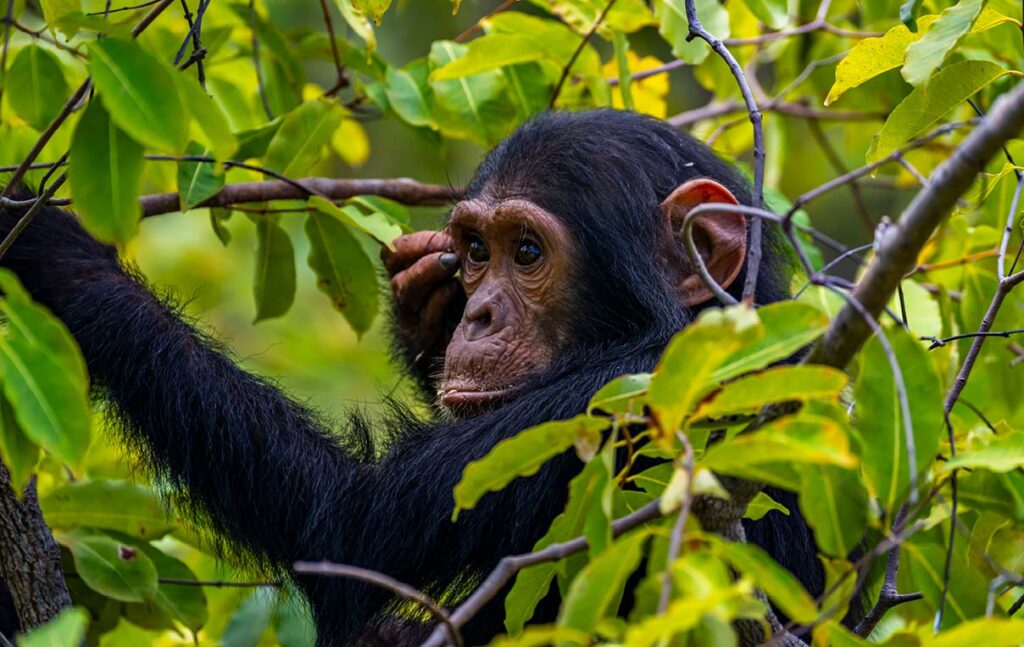
“Development that disregards environmental sustainability can lead to short-term gains but causes long-term damage, and this is already evident on the continent given the pace of deforestation, land degradation, and biodiversity loss,” she adds.
Mughogho agrees, adding, “On the whole, there is no trade-off [to be made] between preserving nature and development. We look at financing as something that should have a positive impact. SDGs can’t ignore nature.”
It is understandable that another set of principles, guidelines, and standards with the goal of conserving nature set out by financiers in the global north, but with a global remit, could cause some concern in Africa. This is why ANCA was established: to be “Africa’s voice” on nature. To guarantee that this voice is heard on the global stage, particularly in respect of the TNFD, and “ensure that the African context is integrated into these standards”.
“Natural capital, when done right – preserving nature and biodiversity – also provides greater opportunities in sustainable agriculture, eco-tourism, and innovative financing models (e.g. biodiversity credits) that expand the scope for investment,” states Maseke.
Biodiversity credits, like their more popular cousin carbon credits, are one potential contributor to averting and reversing biodiversity loss. However, whereas carbon credits have seen $36 billion invested into projects, with carbon pricing revenues exceeding $100 billion for the first time last year, less than $1 million worth of credits have been purchased.
Regarding green financing, carbon and all greenhouse gas emissions are currently attracting funding for two main reasons. Firstly, many governments allow companies to use carbon credits to offset carbon pricing liabilities, which are compulsory in many jurisdictions, either as carbon taxes or Emissions Trading Systems (ETS). This is a big incentive for companies to invest in carbon credits and set them off against their carbon emissions, similar to a charitable donation tax write-off. Secondly, on the voluntary side of carbon markets, companies that pollute use carbon credits to bring down their emissions figure, not because they are compelled to, but for good publicity or to avoid bad publicity.
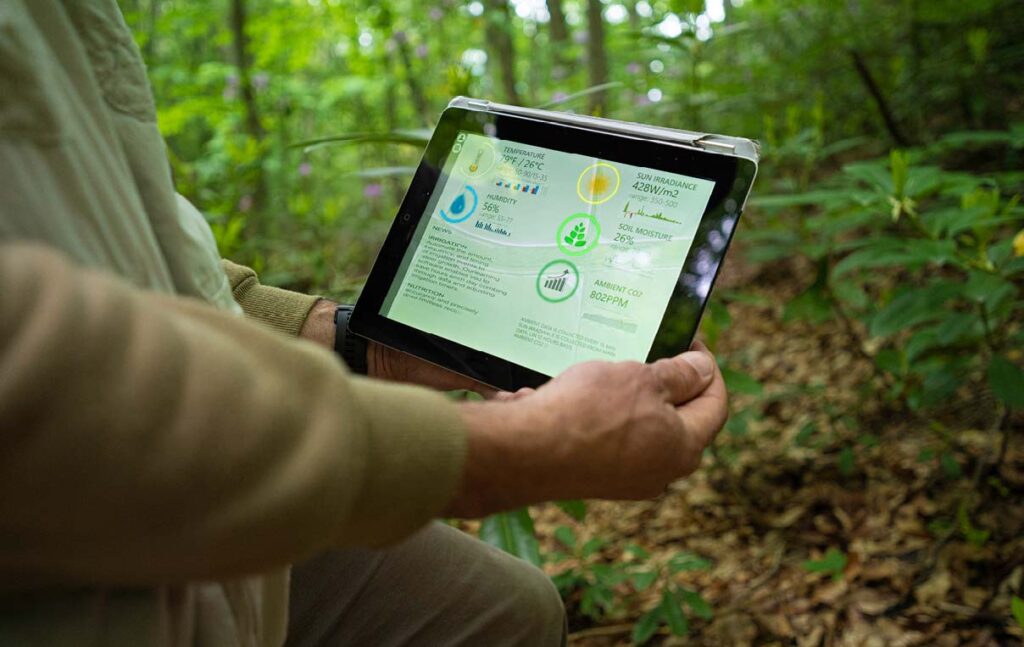
Biodiversity credits simply don’t offer these direct benefits to businesses and financial institutions. Investing in a biodiversity credit may offer beneficial publicity but won’t affect a bottom-line figure. That remains the main problem holding back biodiversity investment; it’s trickier to define, count, and quantify the benefits for both an end user and an investor.
In addition, both carbon and biodiversity credits have been criticised for not delivering the benefits they claim to and are often used for egregious greenwashing.
For instance, carbon credits are created to offset emissions by not cutting down a forest that was never under threat of being cut down. Recently, a United Arab Emirates-based company called Blue Carbon, with links to Dubai’s royal family and with no forest management experience, acquired huge swathes of forest land across several African countries (Liberia, Zambia, Tanzania, and Zimbabwe) to launch carbon offset projects, which critics say could be sold to the UAE and other oil-reliant countries with large carbon footprints. At the same time, they continue large-scale fossil fuel production and use.
Africa must be wary of greenwashing like this, though Mughogho insists that “we’re not behind as a continent” on biodiversity protection, just that “Africa is falling behind on monitoring.”
“Robust regulation is essential to ensure biodiversity credits achieve their intended purpose by setting clear standards and transparency. This is crucial as Africa’s economy is deeply intertwined with its natural capital,” adds Maseke.
Malango insists “there is no silver bullet”, be it TNFD, biodiversity credits, or any other means; rather, “multi-stakeholders will be required to address it [biodiversity protection and restoration].”
Those stakeholders will need to ensure Africa’s voice is more than just heard when it comes to protecting the continent’s biodiversity.

Joe Walsh is a freelance journalist based in Johannesburg. He writes about the environment, energy and the green economy as well as politics and society for British publications, including Environmental Finance, the New Statesman and The New European.

